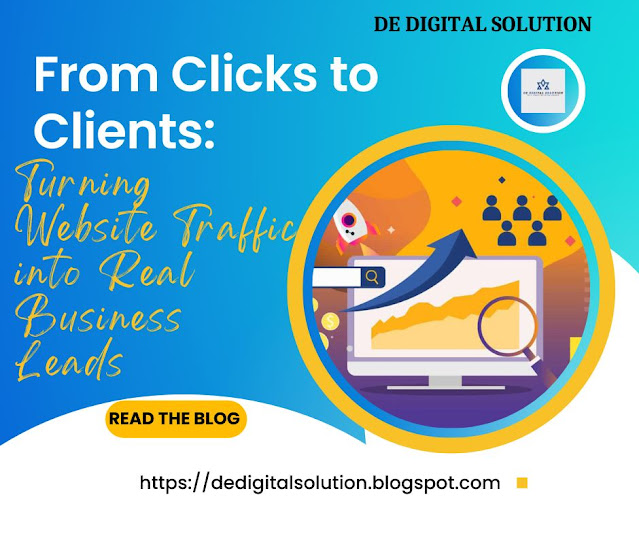In our interconnected world, businesses have the incredible
opportunity to reach audiences on a global scale. However, to effectively
connect with diverse markets, it's crucial to employ localization strategies
that go beyond language translation. Cultural sensitivity plays a pivotal role
in making your brand resonate with people from various backgrounds. Let's delve
into this topic, exploring how to create content and campaigns that genuinely
connect with global audiences.
Understanding Cultural Sensitivity
Cultural sensitivity is the awareness and respect for the
values, beliefs, and customs of different cultures. It involves acknowledging
that what works in one market might not necessarily work in another. Here's why
it's vital in your localization efforts:
1. Avoiding Cultural Missteps: Failure to understand and
respect cultural nuances can lead to embarrassing and costly mistakes. What's
humorous in one culture could be offensive in another.
2. Building Trust: When your audience feels that you
understand and respect their culture, it builds trust. People are more likely
to engage with and buy from brands they trust.
3. Enhancing Relevance: Content that resonates culturally is
more relevant. It feels like it was made just for them, making your audience
more likely to connect with it.
Localization Beyond Language
While language translation is an essential aspect of
localization, it's just the beginning. True cultural sensitivity requires a
deeper approach:
1. Research is Key: Start with thorough research into your
target market's culture. This includes understanding their history, traditions,
holidays, and social norms.
2. Visual Content: Consider the visual elements of your
content. Colors, images, and symbols can have different meanings in various
cultures. For instance, white signifies purity in Western cultures but mourning
in parts of Asia.
3. Storytelling: Stories are a universal way to connect.
Tailor your brand's stories to align with the cultural values and narratives of
your audience.
4. Adapt Messaging: Adjust your messaging to reflect
cultural nuances. Humor, tone, and style should align with the cultural norms
of your target market.
5. Localize Holidays and Events: Acknowledge and participate
in local holidays and events. This shows your commitment to the culture and
community.
1. In-Depth Market Research
Localization begins with comprehensive market research. Dive deep into the culture, values, and behavior of your target audience. Understand their language, idioms, and slang. Identify their favorite platforms and media channels. This groundwork forms the foundation of an effective localization strategy.
2. Professional Translation Services
While automated translation tools have come a long way, they can't replace the nuance and accuracy of human translators. Invest in professional translation services with native speakers who understand the intricacies of the language and culture. This ensures your message is not just understood but also resonates with the local audience.
3. Culturally Relevant Content
Localization isn't just about translating words; it's about adapting your content to align with local tastes and sensitivities. Tailor your messaging, visuals, and even humor to suit the cultural norms of the region. What's funny in one culture may not be in another.
4. Localized SEO
Optimize your content for local search engines. This involves not only using region-specific keywords but also ensuring your website loads quickly and is mobile-friendly. Google's algorithms consider these factors when ranking websites in local searches.
5. Social Media Engagement
Engaging with your audience on social media platforms that are popular in the target region is crucial. Share content that reflects the local culture and responds to comments and feedback in a culturally sensitive manner.
6. User Experience Matters
Consider the user experience (UX) for each region. Ensure that your website is easy to navigate, and payment options are in line with local preferences. User-friendliness can greatly affect how your brand is perceived.
7. Legal and Regulatory Compliance
Adhere to local laws and regulations, particularly in sensitive areas like data privacy and advertising standards. Failure to do so can harm your brand's reputation and even result in legal issues.
8. Continuous Feedback and Improvement
Finally, keep an open channel for feedback from local customers. Their insights can be invaluable for continuous improvement in your localization efforts.
In conclusion, localization strategies that prioritize
cultural sensitivity are essential for global marketing success. They not only
prevent missteps but also foster trust, relevance, and engagement with diverse
audiences. Remember, it's not about changing your brand but adapting it to fit
comfortably in the hearts and minds of your target markets worldwide.



.jpg)









.jpg)
)%20(1).jpg)



).jpg)



.jpg)